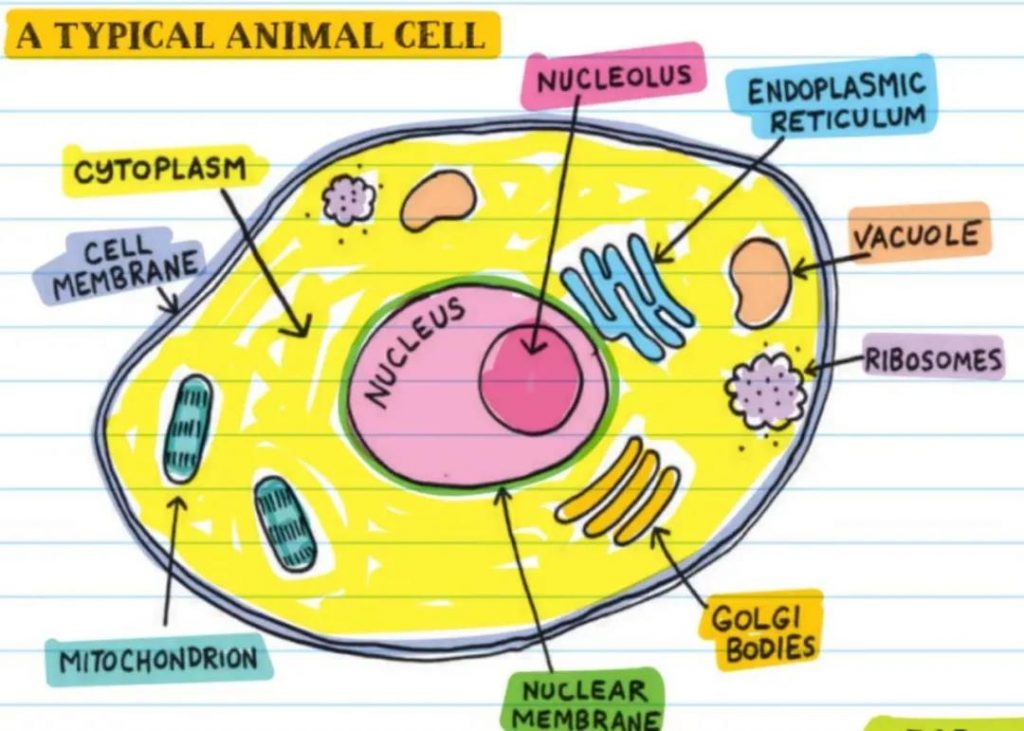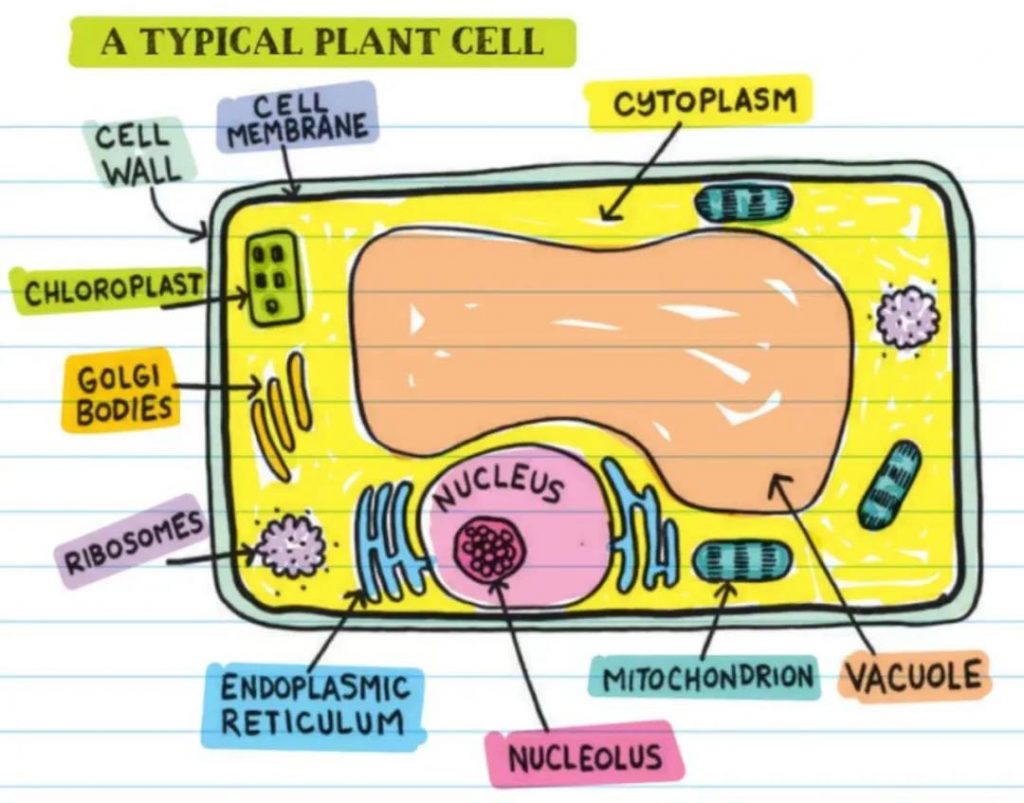对于MAP测试的科学板块来说,会从G3年级就开始出一些简单的题目,后面逐渐提高题目的难度。所以大多数国际学校的孩子会从G3就开始接触科学,后面慢慢培养孩子对于科学的兴趣。而我们今天则邀请到了教研团队的Doris老师,为我们简单讲解MAP测试科学中的动物细胞与植物细胞结构板块部分。

MAP科学
测试概况:
年级:K-12年级
时间:约45~60分钟
题目:约45题
题型:选择题、匹配题等
测试内容:
Biology 生物
Geometry 地理
Chemistry 化学
Physics 物理
Astronomy 天文
今天我们要讲到的是动物细胞与植物细胞的结构,是MAP科学部分的重点考点,考察范围包括结构名称、图示及细胞结构的功能。
#Q1 动物细胞

主要细胞结构包括:
-
Cell membrane细胞膜 – envelops the cell contents and controls what enters and leaves the cell. 控制物质进出。
– This property of only some molecules being allowed through is called “selectively or partially permeable”具有选择性渗透的特性。
-
Nucleus 细胞核– contains DNA genes which codes for proteins which control all activities of the cell (control centre) 细胞的控制中心。
-
Cytoplasm 细胞质– liquidy part of the cell which fills the volume of the cell. Site of cellular chemical reactions. 细胞进行化学反应的场所。
-
Mitochondrion (pl. mitochondria) 线粒体– cell organelle for carrying out aerobic respiration. 细胞进行有氧呼吸的场所,是细胞的“Powerhouse”。
#Q2 植物细胞

与动物细胞相比,植物细胞多出的三个细胞结构为:
Cell Wall 细胞壁– supports the cell and strengthens it. Allows the cell to be turgid (full of water and expanded) without bursting. Made from cellulose. 起支撑作用,由纤维素构成。
Sap Vacuole 中央液泡– contains the cell sap, storing water and sugars. 储存中心。
Chloroplast 叶绿体– cell organelle for carrying out photosynthesis.,made from chloropyll.细胞进行光合作用的部位,由叶绿素构成。
后期小橙也将会和教研团队的老师们,继续为各位梳理MAP测试相关的内容,让学生更清楚的认识到自身的知识盲点,能够有效的掌握知识点。
